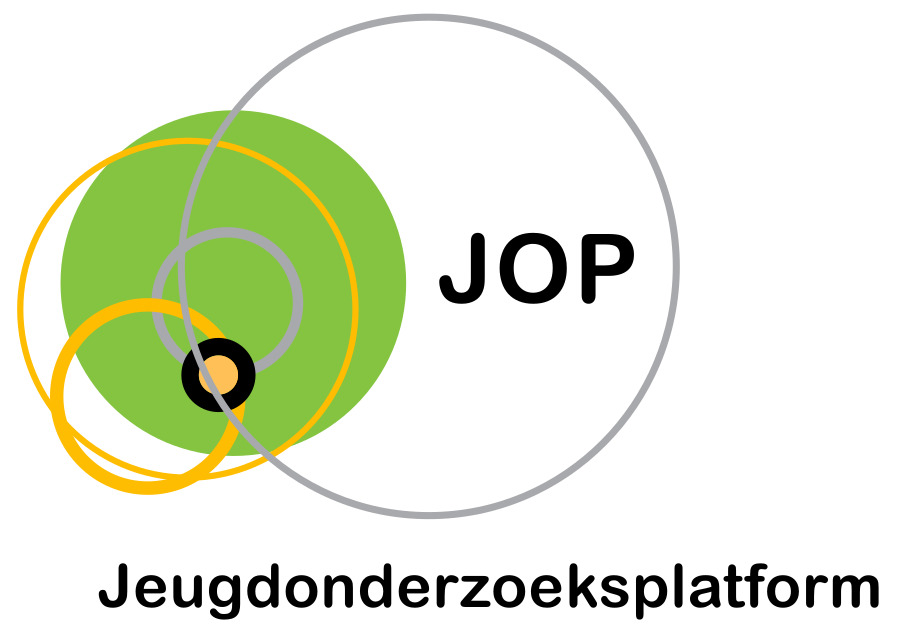Young Adolescents’ Sexual and Romantic Reference Displays on Facebook
Auteurs
Doornwaard, S. Moreno, M.A., Van den Eijnden, R.J.J.M, Vanwesenbeeck, I., Ter Bogt, T.F.M. (2014).

Abstract
Sociale netwerksites worden door ontzettend veel jongeren gebruikt. Facebook, een van de populairste netwerksites, biedt jonge mensen een plek waar zij hun identiteit kunnen ontwikkelen. In dit onderzoek werd gekeken in hoeverre jongere en wat oudere adolescenten Facebook gebruiken als plek om seksuele dan wel romantisch geladen contact te hebben en werd onderzocht in hoeverre demografische en psychosociale factoren verband hielden met hun activiteiten. Er werden 104 Facebook-profielen van Nederlandse jongeren (leeftijd: 11 – 18) geanalyseerd op seksueel geladen inhoud. Ook werden de deelnemers geënquêteerd om de mate van hun seksuele identiteit en ontwikkeling in kaart te brengen en te analyseren. In grofweg een kwart van de onderzochte Facebook-profielen werd seksuele en/of romantische inhoud gevonden. Met name bij de jongste adolescenten hadden de referenties naar romantiek en seksualiteit een onpersoonlijk en niet-intiem karakter. Oudere adolescenten die seksueel geladen content plaatsten waren ook seksueel meer ervaren en zagen leeftijdsgenoten ook als seksueel actief. Ook waren het meestal jongens die geïnteresseerd waren in seksualiteit. Er werden geen verschillen gevonden met betrekking tot seksuele intenties en seksuele attitudes. Referenties naar romantiek waren vaker persoonlijk van aard. De auteurs concluderen dat een minderheid van de jongeren Facebook als plek gebruikt om (persoonlijke) romantische of seksuele informatie te plaatsen. Bij diegenen die dit wel doen, lijkt het er op dat het een weergave is van hun eigen, offline, romantische en seksuele ervaringen.
Purpose: Social networking sites (SNSs) form increasingly popular venues for adolescents to express their developing identity, including their sexual self. This study investigated how and to what extent early and middle adolescents display sexuality and romance on SNSs and the demographic and psychosexual factors associated with their displays. Methods: Dutch adolescents aged 11–18 years were recruited and Facebook friended. Participants’ Facebook profiles were evaluated for sexual and romantic references and Facebook engagement. Participants completed a digital questionnaire measuring constructs related to romantic and sexual development. Analyses included chi-square and Student’s ttests.
Results: A total of 104 adolescents (Mage = 15.01, 68.3% female) were Facebook friended. Of 104 profiles, 25 (24.0%) contained 67 sexual references, and 27 (26.0%) contained 204 romantic references. Sexual references were mostly posted by others and referring to others or to no one in particular, whereas romantic references were predominantly posted by and referring to the profile owner. Displayers of sexual and romantic references were, compared with nondisplayers, older, more engaged in Facebook, more sexually experienced, and perceived more of their peers as approving of sex and as sexually active. In addition, sexual displayers were more likely boys and more sexually interested. There were no differences with respect to sexual intention and sexual attitudes. Conclusions: A minority of young adolescents display sexual and romantic references on SNSs. References may reflect adolescents’ offline sexual and romantic experiences. Yet, they may be powerful in creating behavioral norms; therefore, guidance on interpreting and displaying such messages should be promoted.
Referentie
Doornwaard, S. Moreno, M.A., Van den Eijnden, R.J.J.M, Vanwesenbeeck, I., Ter Bogt, T.F.M. (2014). Young Adolescents’ Sexual and Romantic Reference Displays on Facebook. Journal of Adolescent Health, 55(4), 535-541.
Taal
Engels
Publicatievorm
Tijdschriftartikel
ISSN
1054-139X
Trefwoorden
Mediagebruik, Media-invloeden, Seksualiteit, Welbevinden
